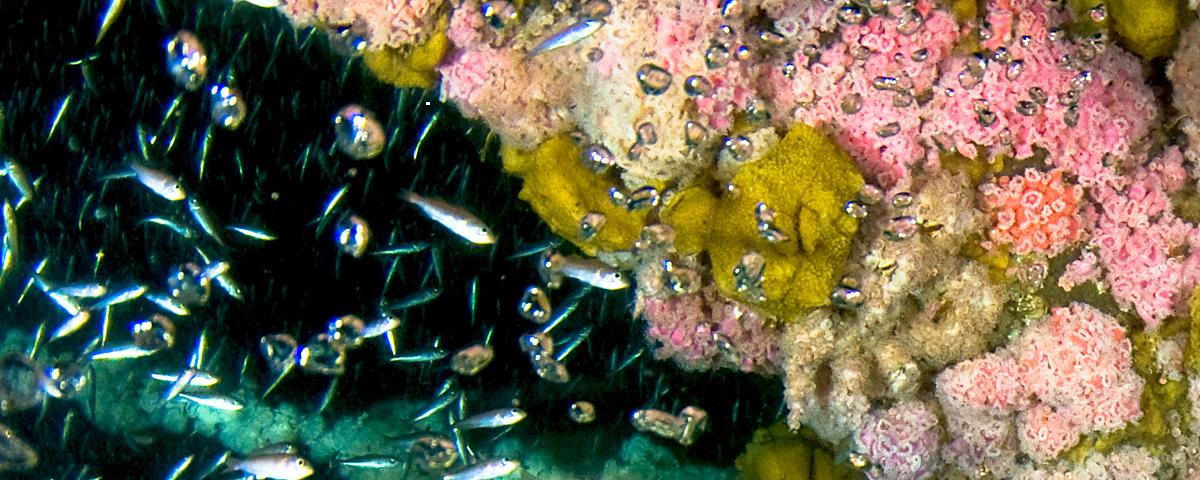Translocation, homing behavior and habitat utilization of oil platform-associated groundfishes in the east Santa Barbara Channel, California.
Abstract
Several offshore oil platforms in the Santa Barbara Channel harbor large numbers of adult rockfishes, of which some species have been depleted on nearby natural reefs as a result of overfishing. In the near future, some of California's deep water platforms will be considered for decommissioning; however, the State's policy for removal would have deleterious consequences on these populations. To test an option that may mitigate the effects of platform removal, we acoustically tagged 79 platform-associated rockfishes and lingcod from three offshore oil platforms in the east Santa Barbara Channel and translocated them to a natural reef inside the Anacapa Island State Marine Reserve to determine whether fish would home back to their platforms of capture, or take residency at their new location. In a reciprocal experiment, we translocated 19 fishes from a natural reef and released them at two oil platforms to assess habitat preference. Twenty-five percent of all tagged fishes translocated to Anacapa Island returned to their home platforms, traveling distances ≥18 km. Those that did not home either took residency at Anacapa Island, moved to Santa Cruz Island, or swam out of the range of detection. Although a small proportion of fish (21%) homed back to a natural reef, a higher proportion (79%) remained at their platforms of release. Homing to platforms in relatively short times indicates that translocating fishes may be an effective mitigating tool for only some species. Results from these experimental manipulations provided insight into habitat evaluation and utilization of some platform-associated fishes.

